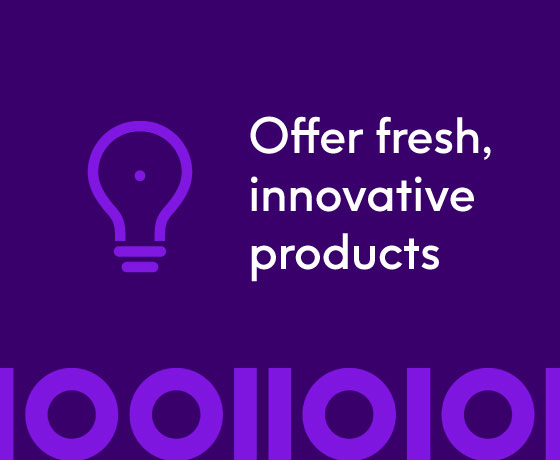Infographic
Accelerating M&A Data Integration for CPG Success
Check out this infographic that addresses the challenges of M&A data integration, and 5 steps to help you accelerate and optimize your strategy and leverage data as a strategic business asset.
The Consumer Packaged Goods (CPG) industry is a fast evolving, highly competitive $2.4 trillion dollar industry
Consumers spent $900B more online in 2020
Many CPG companies have found that mergers and acquisitions (M&A) are the fastest route to…
In order to effectively manage a successful M&A transaction, a plan has to be put into place to manage the data integration process.
The organization has to first identify the scope — the overall business objective of the M&A and the type of integration that it needs to support.
There are three main categories of integrations:
Fully Integrated:
All operations will be standardized on one platform
Semi-Integrated:
Some operations will be standardized while others will remain independent
Independent:
Both entities will continue to run on separate platforms
Once you’ve identified the scope of your M&A strategy for data integration, take these 5 steps to leverage data as a strategic business asset:
Step 1: Prepare
You need to determine the scope of your data integration, establish a data governance framework, define timelines, identify critical data and specify key business objectives.
Step 2: Discover
Take a process-driven approach, and prioritize goals as you gather requirements and perform gap analyses for technology, data governance, data quality deficits and risks.
Step 3: Gameplan
Define your strategy, project plan and contingency plan, including objectives, metrics, timeframes, scope and reporting structure, roles and responsibilities.
Step 4: Execute
Put your plan in action, making sure targets are hit, systems run smoothly, compliance risks are minimized and any issues are promptly escalated, investigated and resolved.
Step 5: Measure
Once data integration is successfully underway, document any challenges, develop status reports to track progress, issues, risks and resolution, and communicate with the team to create a recorded and repeatable process for future M&A.




